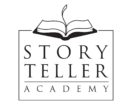The Business of Selling Picture Books
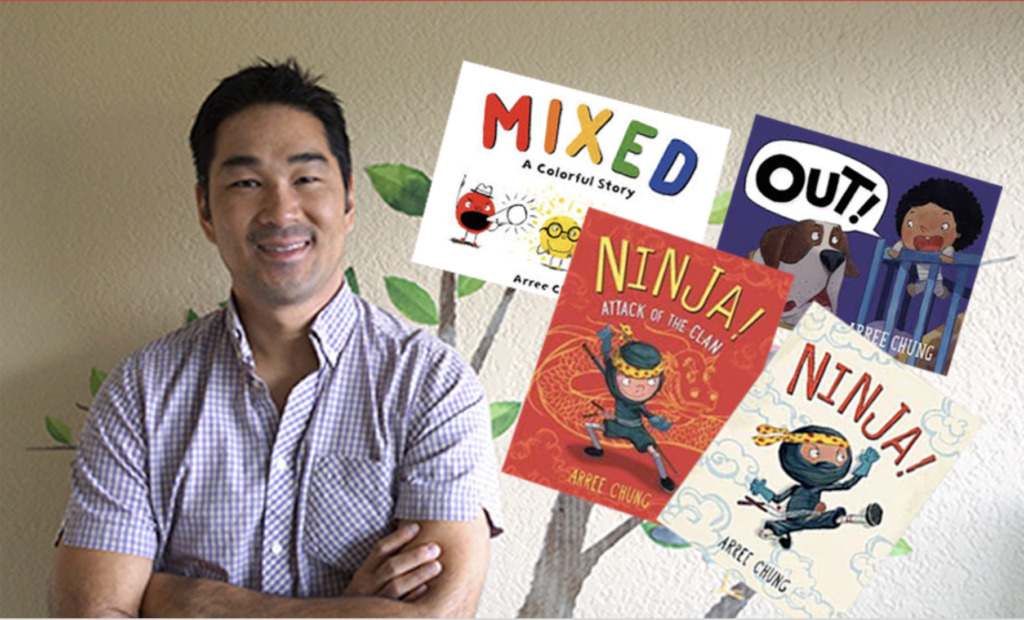
I’m going to share some basic numbers behind the business of making picture books. Making a picture book can cost a publisher around $70,000, so they’re looking for stories that will sell for many years to come. They call those “evergreen” books.
If you sell 10,000 copies, your book is doing well, but most picture books don’t sell that many copies. Publishers lose money on a lot of the books that they buy. It’s hard to know which stories will resonate with customers, so publishers rely on those evergreen books to make up the difference and ensure that they’re profitable. Once you’ve sold a book (or multiple books), your advances go up and down based on your track record.
Speaking of advances, let’s define a few terms. Royalties are the percentage of profit, based on book sales, that you get paid. But when you sign with a reputable publisher, they pay you an advance on those royalties up front. That means that you won’t see a royalties check from your publisher until you’ve earned out the advance that they’ve already paid you.
If a book doesn’t sell as well as a publisher expected, then you might not ever earn out your advance. The good news is that you don’t have to pay the publisher back. The bad news is that they’ll look at your sales history the next time they’re considering one of your books.
Typical advances for an agented picture book author are $5,000-$10,000. Advances for author/illustrators are usually in the $10,000-$15,000 range. They can be higher or lower, depending on how much interest your book has generated.
If you’re selling your book without an agent, you’re usually going to get paid less. Hannah Holt conducted a survey about different factors that affect your numbers as a picture book creator, and her post on working with or without an agent is illuminating, as is her post on finances. (She also surveyed self-published children’s authors, but bear in mind that her numbers include YA, which is an easier sell for self-publishers than picture books.)
On the other hand, books that go to auction can sell for quite a bit more. If you’d like to learn more about auctions, Melissa Manlove, Senior Editor at Chronicle Books, explained how they work in the following highlight.
Picture book authors usually get half of the royalties for a picture book, and illustrators get the other half. An author/illustrator will typically get 10%, while an author or illustrator gets 5%.
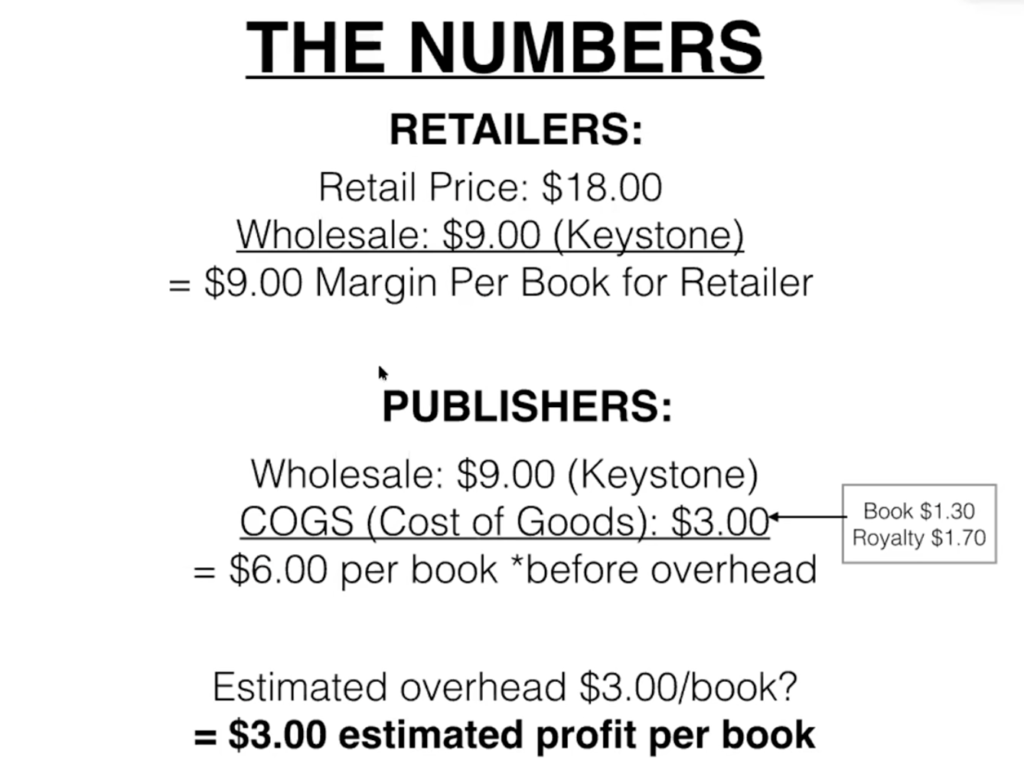
Publishers get their books printed in China at a discount because they buy thousands of copies. And then they sell those books to major retailers for half of the retail price. When all is said and done, publishers usually only make a profit of about $3.00 for a picture book.
If you want to hear me break down all of the numbers, you can watch the following video.
And that’s why it’s so important to make evergreen books.
If you make a great book that earns out its advance and sells for years, it’s going to make your publisher happy, and you’re going to get royalty checks every year. I’m still getting paid for my first picture book, Ninja! Some of my other books haven’t earned out their advances. But Mixed has also earned out its advance and is still selling really well.
Let me know if you have any questions in the comments!
Blog Contributors
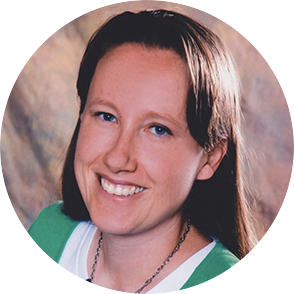
Myrna Foster writes and edits content for Storyteller Academy and the WriteRiders Newsletter for SCBWI Nevada. She has spent a lot of time teaching and coaching children, including five years as a preschool teacher. She’s also worked as a journalist, and Highlights High Five has published six of her poems.
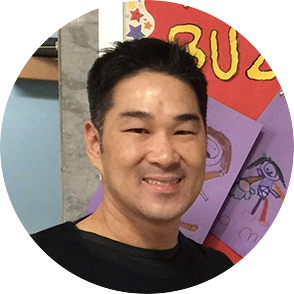
Arree Chung is an author/illustrator and the founder of Storyteller Academy. Arree’s Ninja! series has received starred reviews from Kirkus and School Library Journal. Kirkus also gave a starred review to Mixed, which recently won the FCGB award.
Today Arree lives a creative life, making stories for children. Arree spends most of his time making picture books, writing middle grade novels, and sharing his love for art, design, and storytelling with kids and dreamers everywhere.
